Vauxhall Astra hybrid is sober and stealthy
Once a mainstay of the best-seller lists, the Vauxhall Astra’s star is fading. Can hybridisation put this modest machine back on the radar?
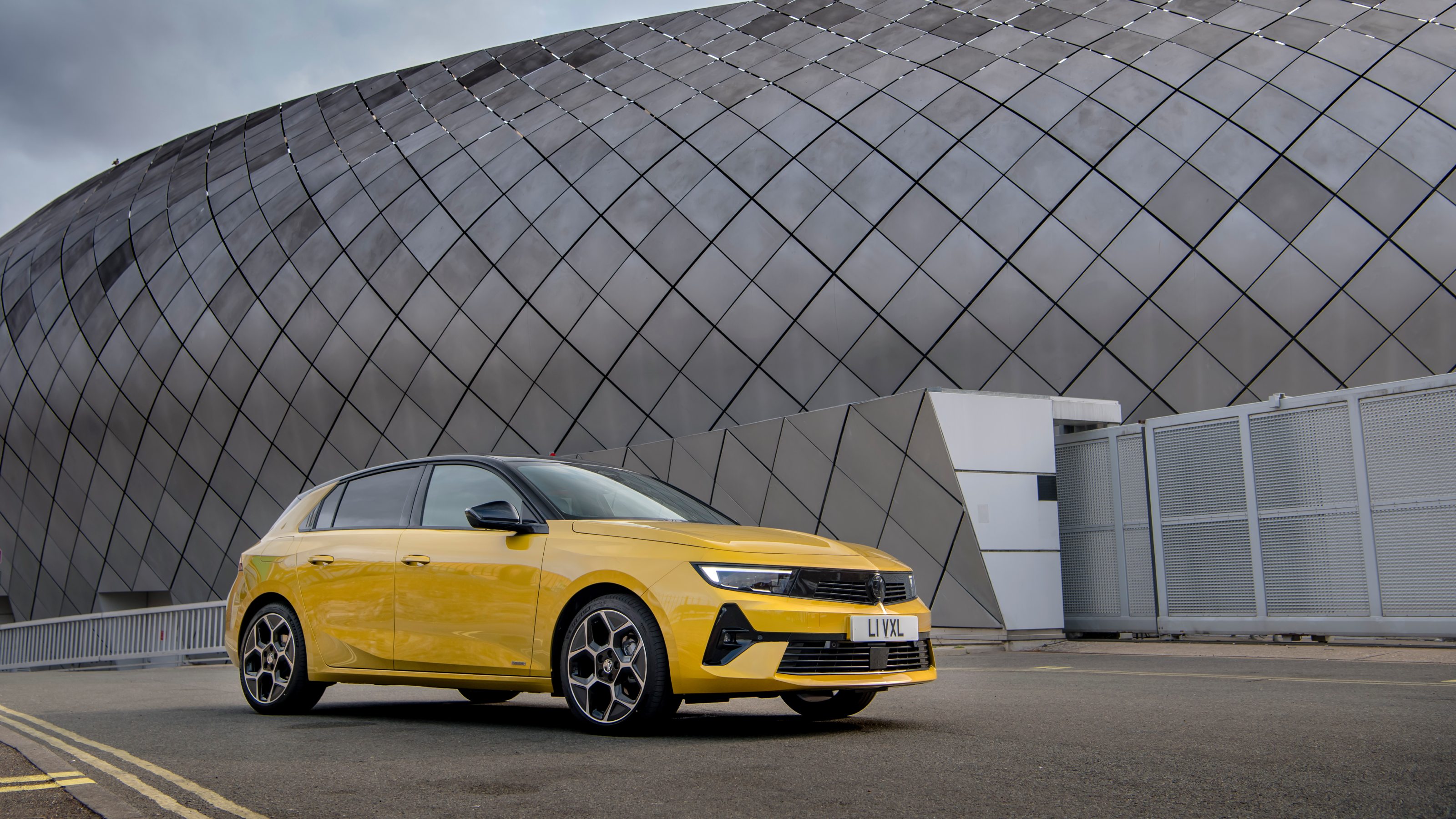
The main source of light behind Vauxhall’s enduring Astra is commercial success, not shining brilliance or beauty. The Vauxhall Astra is a familiar presence in the UK car market, a best-seller that has gone through eight generations, each encapsulating the trends and technologies of its respective era.
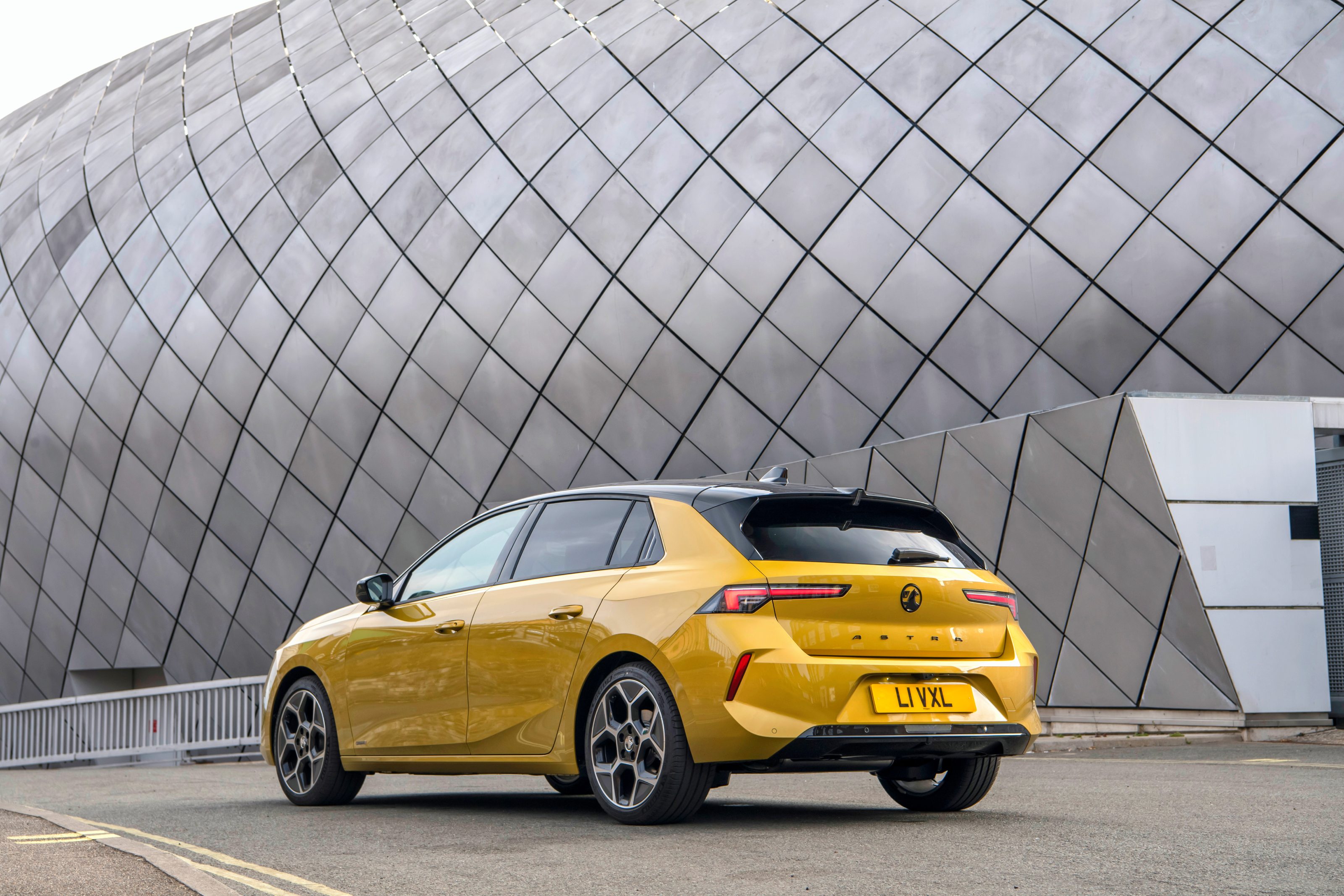
Vauxhall Astra Plug-in Hybrid
From 1980 onwards, the Astra was the quintessential people’s car, with the compact hatchback at the heart of the range (estate cars, two-door coupés, saloons and even convertibles were also made). Different engine sizes and trim levels made the Astra range a mirror of social hierarchy, at a time when finely sliced divisions of status could be conveyed through boot badges and different wheel designs.
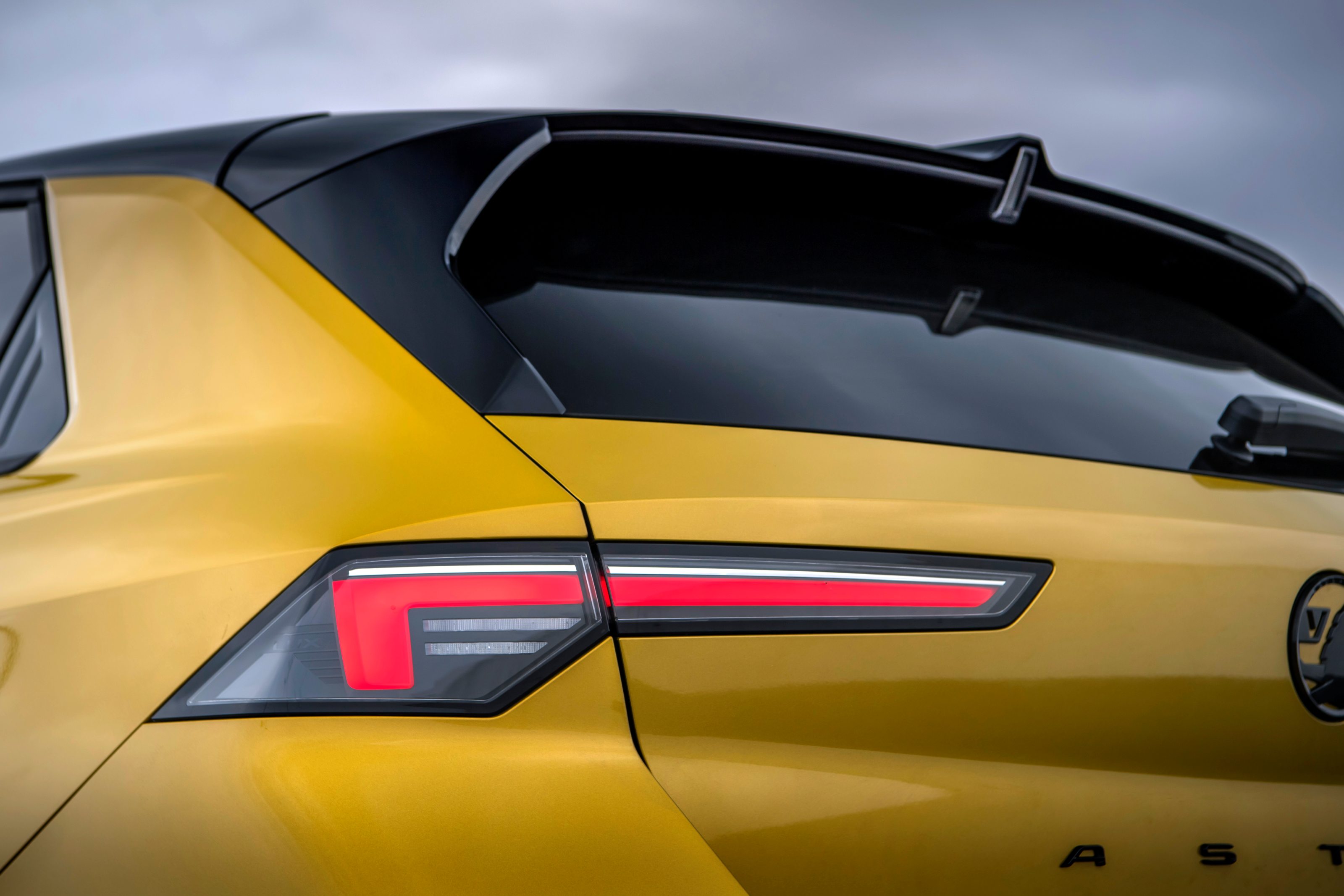
Vauxhall Astra Plug-in Hybrid
Those nuances could be as infinitely varied as the subtle distinctions that underpin the British class system – imperceptible to an outsider, life of death to those within it. The Astra never attained the classless status of rivals like the Volkswagen Golf; it always felt a bit lackadaisical, without the steely core of engineering precision and function that shaped the Golf.
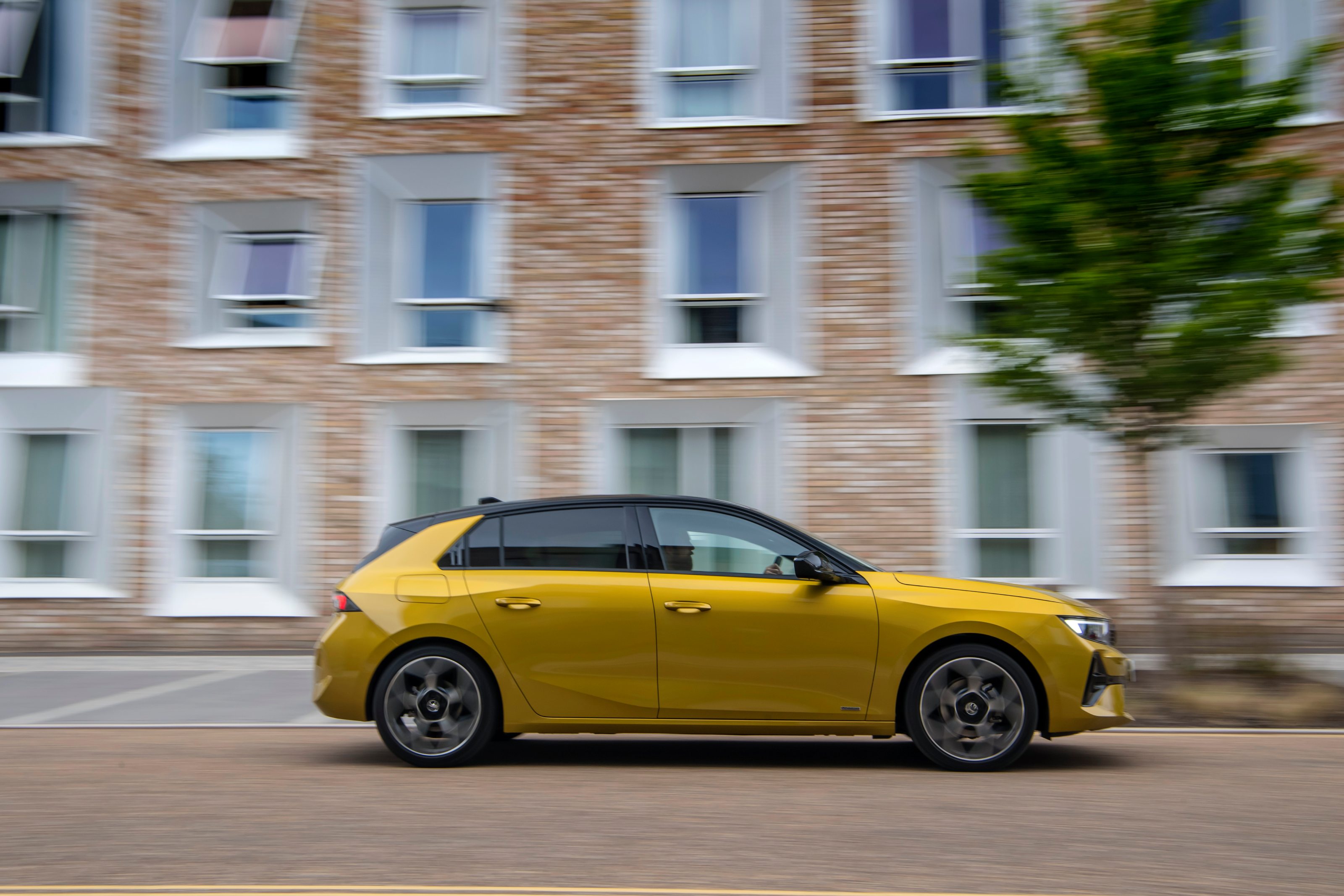
Vauxhall Astra Plug-in Hybrid
Later generations proved even more popular, back when the hatchback was the multifunctional machine of choice in those pre-SUV, pre-EV days. Even so, Astra Mk2 (1984 onwards) and Mk3 (1991 onwards) were still spongy and lacklustre, a car that was a necessary commodity, not the epitome of consumer choice (the exceptions were the sprightly, sporting GTE model, which quickly found favour amongst car thieves and illicit business-estate burn-out parties).
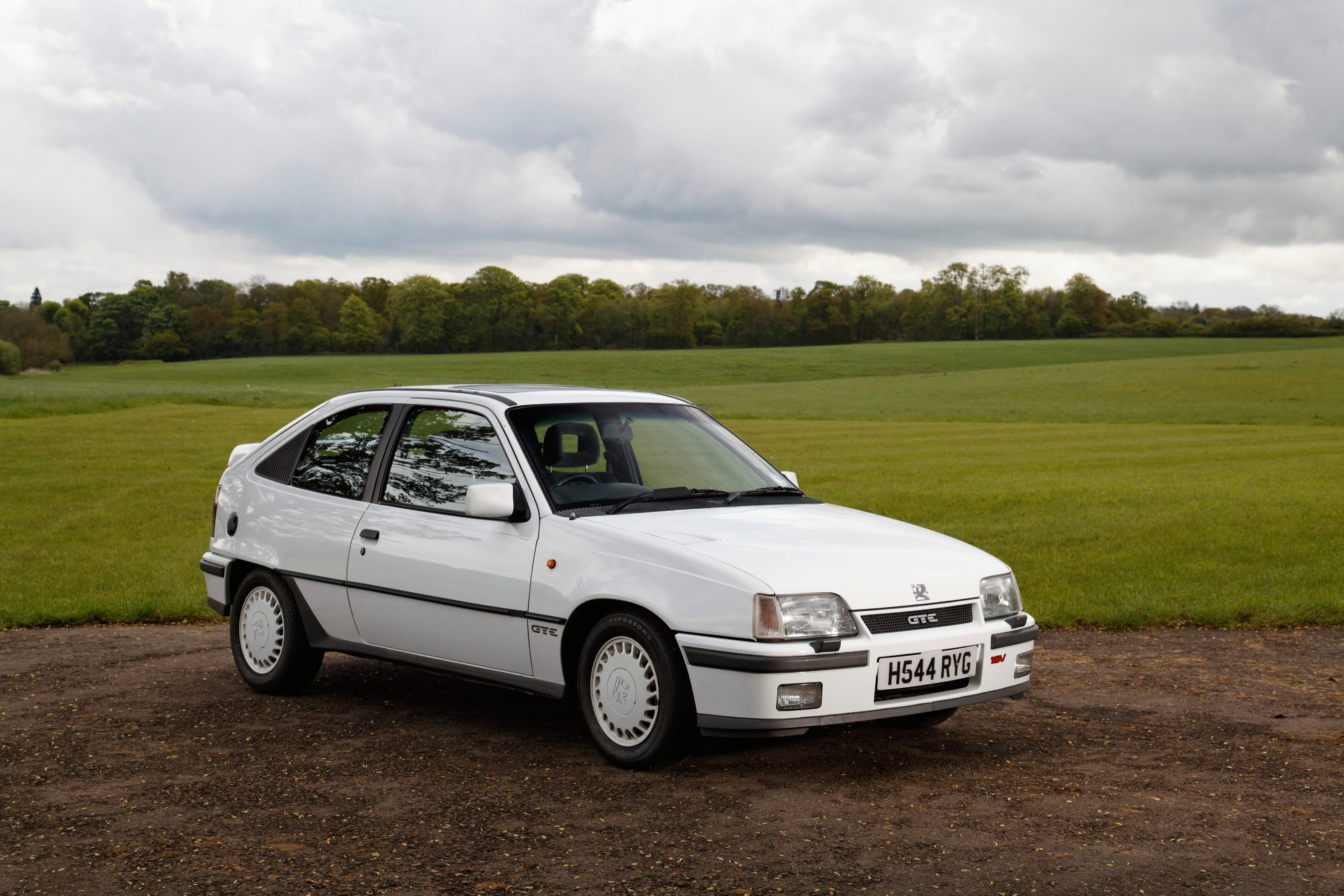
A cult car for all the wrong reasons: Vauxhall Astra GTE Mk2, 1984
It wasn’t until the Astra Mk4 arrived in 1998 that the Astra became a bit more of a player, with a renewed focus on drivability. Over the next few generations, each new iteration became steadily more and more sophisticated – mirroring the general trend in the market as a whole – until we arrive at the eighth generation model shown here.
In praise of the everyday: Vauxhall Astra hybrid
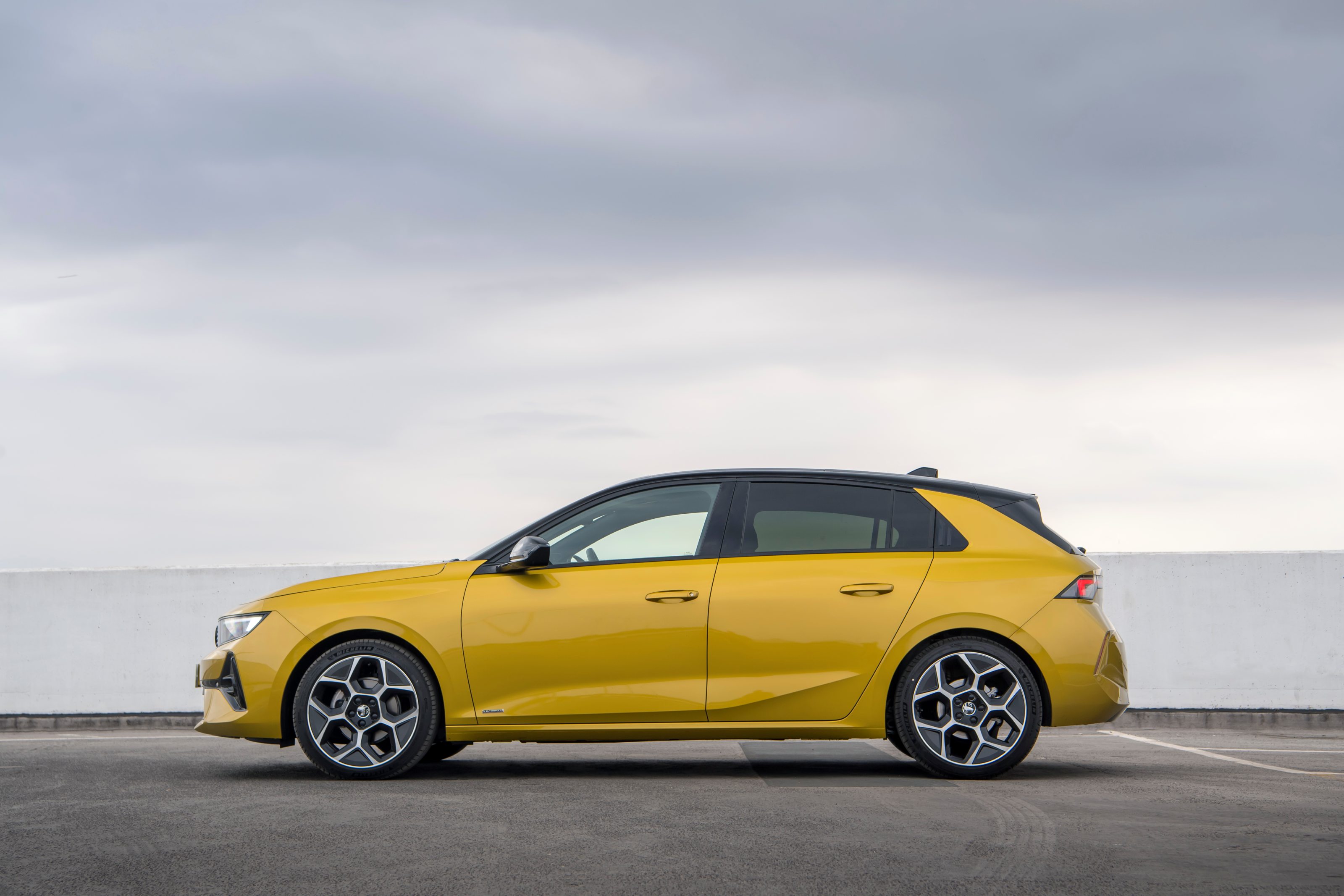
Vauxhall Astra Plug-in Hybrid
How does today’s Astra stack up against the Astons, Polestars and BMWs that are more typically found in these pages? There’s an old adage that no one makes bad cars, just boring ones – the investment is simply too great to drop a genuine clanger. Over 43 years of production, not all Astras have been good, and many have been boring. While this current Astra hybrid might not have the badge or the breeding to snare the self-conscious driver’s attention, it is genuinely a very accomplished car. If you’re worried that driving an Astra makes you seem boring, there are probably other factors at play.
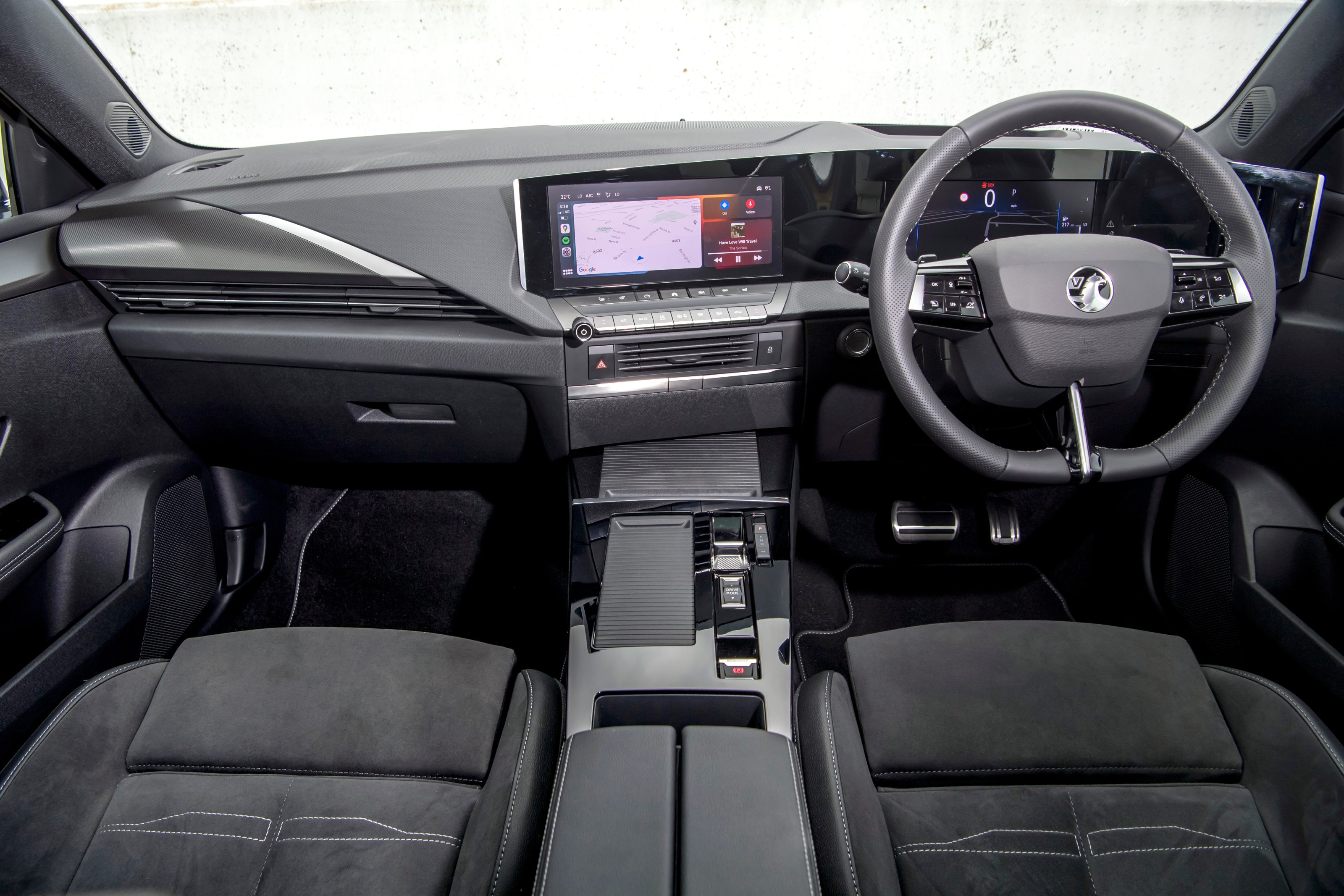
The new Astra isn’t quite as sharp-edged as other contemporary Vauxhalls, like the Mokka-E. It eschews passing trends in favour of a no-nonsense, four-square simplicity. Like the old Insignia Cross Tourer, the Astra is stealthy and subdued, although it looks best as a ‘Sports Tourer’ (essentially an estate), with a longer roofline that improves its overall proportions. Built on the same EMP2 platform that Stellantis (Vauxhall’s parent company) uses for the Peugeot 308 and the DS4, the Astra relies on bold frontal graphics to differentiate it from the similar overall outlines of its stablemates.
Receive our daily digest of inspiration, escapism and design stories from around the world direct to your inbox.
Inside, gloss black and matt plastic makes everything a bit dark and gloomy but the levels of equipment and options can’t be faulted. At about 4.3m long, the Astra feels compact and unimposing, with a conventional driving position and no bulked up crossover/SUV pretentions. It handles smartly and predictably, with the hybrid system injecting a fair turn of speed under acceleration and a useful 40+miles of EV-only range.
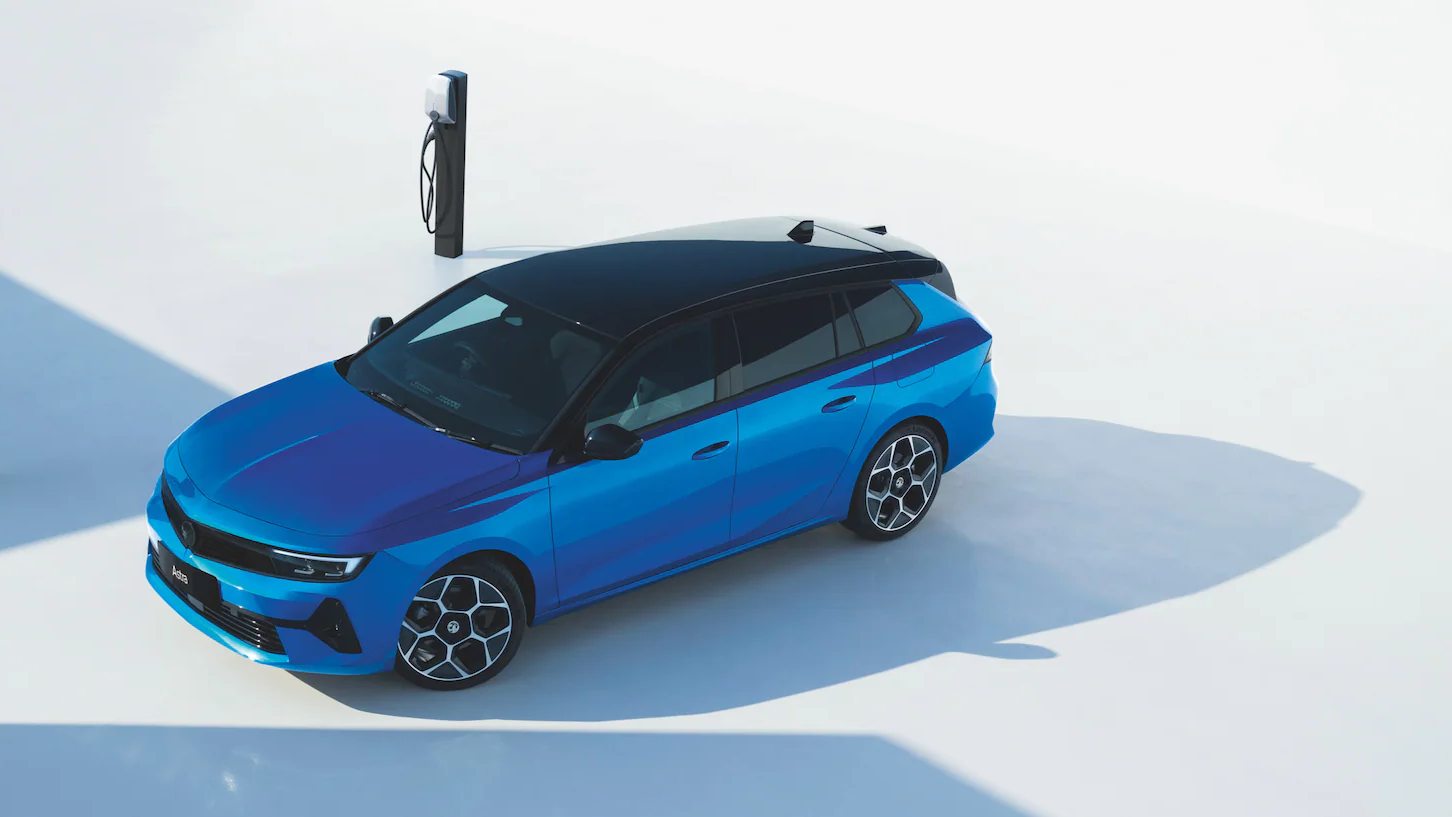
Vauxhall Astra Sport Tourer
The new Astra is available as a plug-in hybrid for now, with a full electric model to follow eventually. At a time when small hatchbacks are deeply unfashionable, even the prospect of electrification might not be enough to save the Astra in its current form. Small SUVs continue to be in greater demand (inexplicably).
On top of that, the Vauxhall brand currently has a prominent role as a political football, the focus of a post-Brexit kickabout as manufacturers wrangle over the ‘rules of origin’ that determine where a car’s value should be sourced from, intricately bound up with the location of future battery factories. Whatever the outcome, it would be a shame if there was no Astra-shaped space in the future of Vauxhall. Perhaps more than any other model, this modest machine was the backbone of mass-market motoring for decades and deserves to keep evolving for new generations.
Vauxhall Astra Plug-In Hybrid, Ultimate edition, as tested £39,415, Vauxhall.co.uk
Jonathan Bell has written for Wallpaper* magazine since 1999, covering everything from architecture and transport design to books, tech and graphic design. He is now the magazine’s Transport and Technology Editor. Jonathan has written and edited 15 books, including Concept Car Design, 21st Century House, and The New Modern House. He is also the host of Wallpaper’s first podcast.
-
 The Bombardier Global 8000 flies faster and higher to make the most of your time in the air
The Bombardier Global 8000 flies faster and higher to make the most of your time in the airA wellness machine with wings: Bombardier’s new Global 8000 isn’t quite a spa in the sky, but the Canadian manufacturer reckons its flagship business jet will give your health a boost
-
 A former fisherman’s cottage in Brittany is transformed by a new timber extension
A former fisherman’s cottage in Brittany is transformed by a new timber extensionParis-based architects A-platz have woven new elements into the stone fabric of this traditional Breton cottage
-
 New York's members-only boom shows no sign of stopping – and it's about to get even more niche
New York's members-only boom shows no sign of stopping – and it's about to get even more nicheFrom bathing clubs to listening bars, gatekeeping is back in a big way. Here's what's driving the wave of exclusivity
-
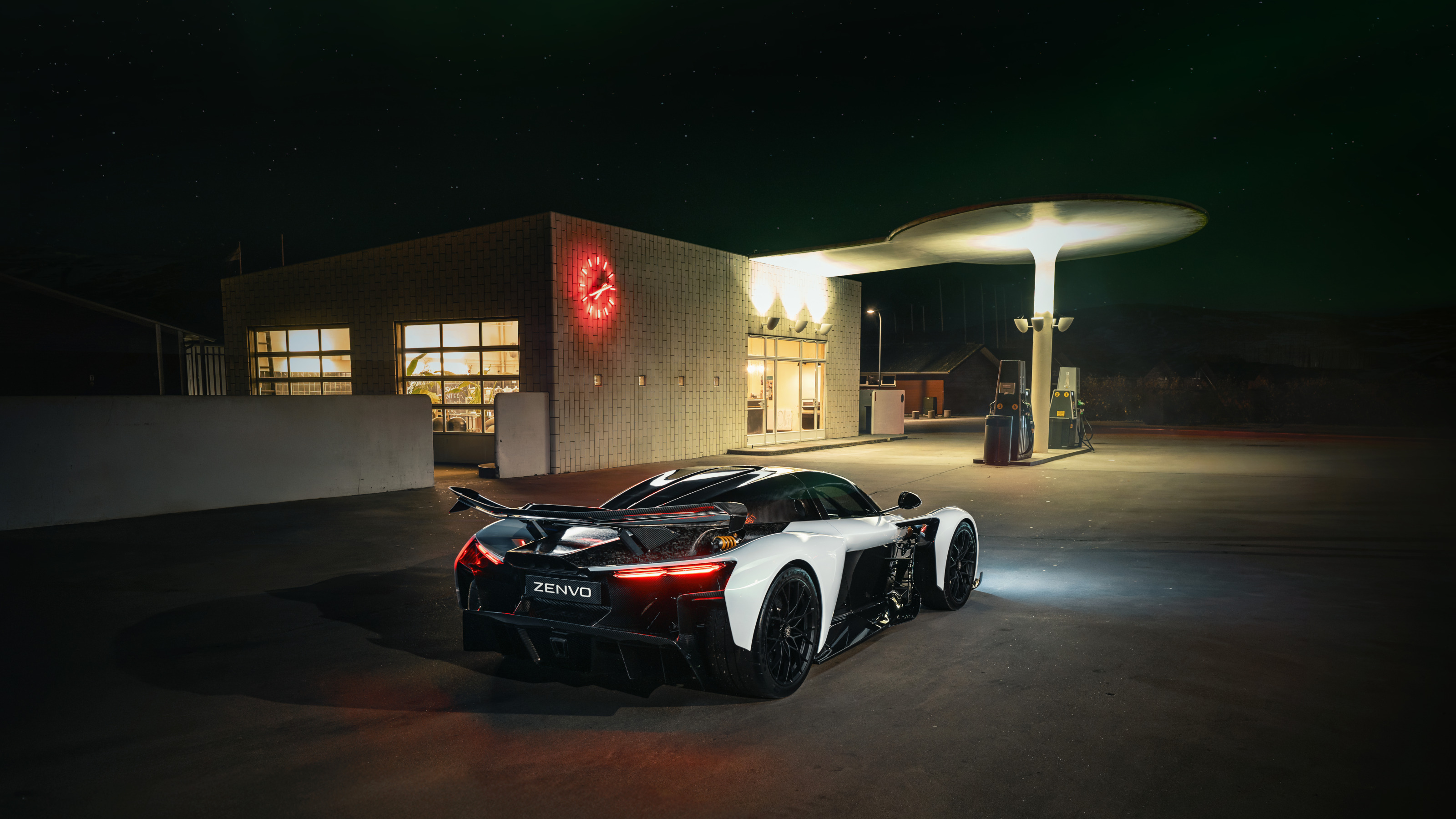 Danish manufacturer Zenvo Automotive’s Aurora is the true enthusiast’s hybrid hypercar
Danish manufacturer Zenvo Automotive’s Aurora is the true enthusiast’s hybrid hypercarZenvo Automotive dovetails Danish design culture with a love of high-end engineering and exceptional performance. We talk to the company’s Jens Sverdrup about its newest machine, the Aurora
-
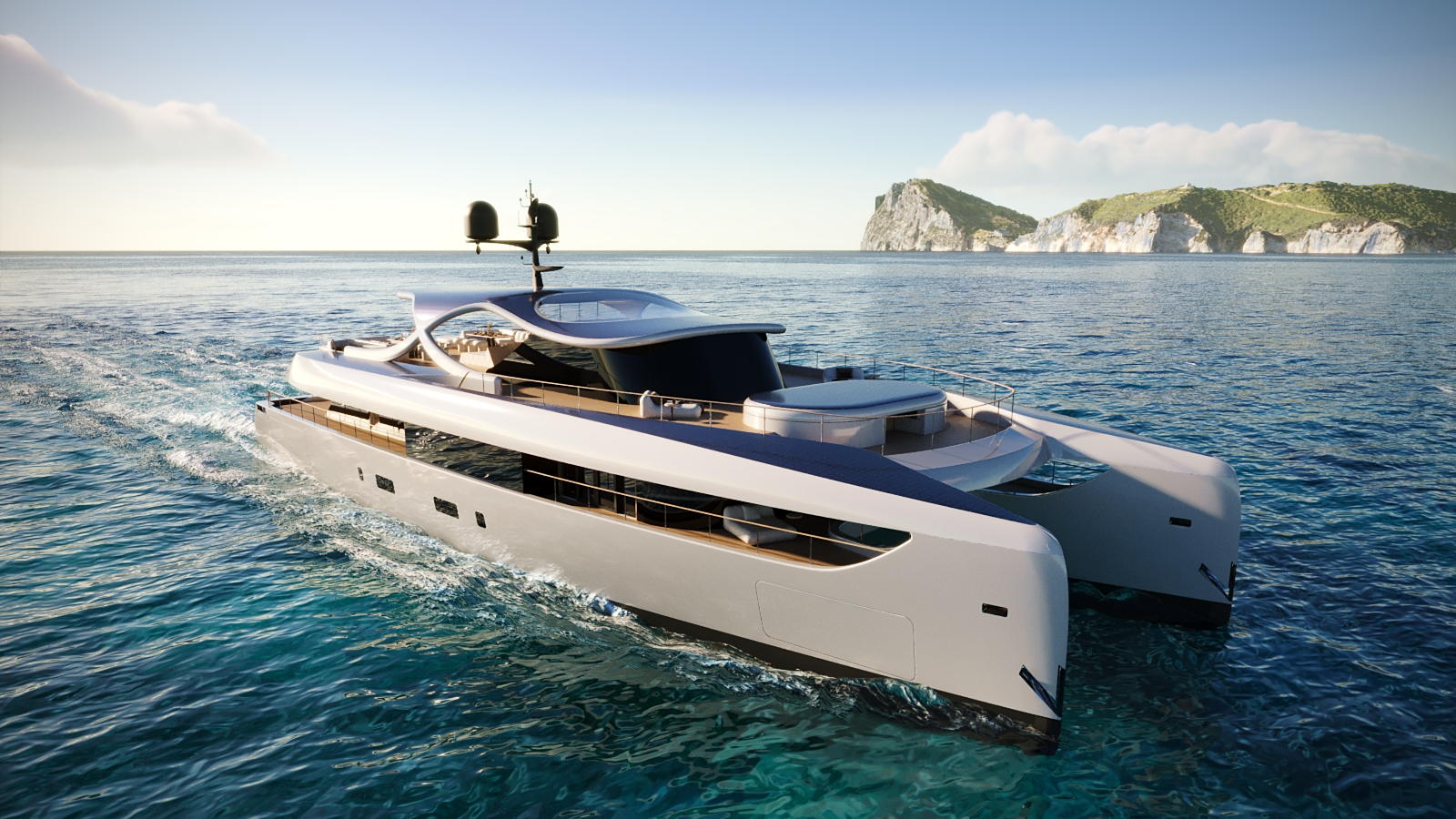 Yves Béhar gives striking shape and form to this new hybrid-electric catamaran concept
Yves Béhar gives striking shape and form to this new hybrid-electric catamaran conceptSolsea is a concept catamaran from Italian shipyard Rossinavi, blending zero emission cruising with design by Yves Béhar
-
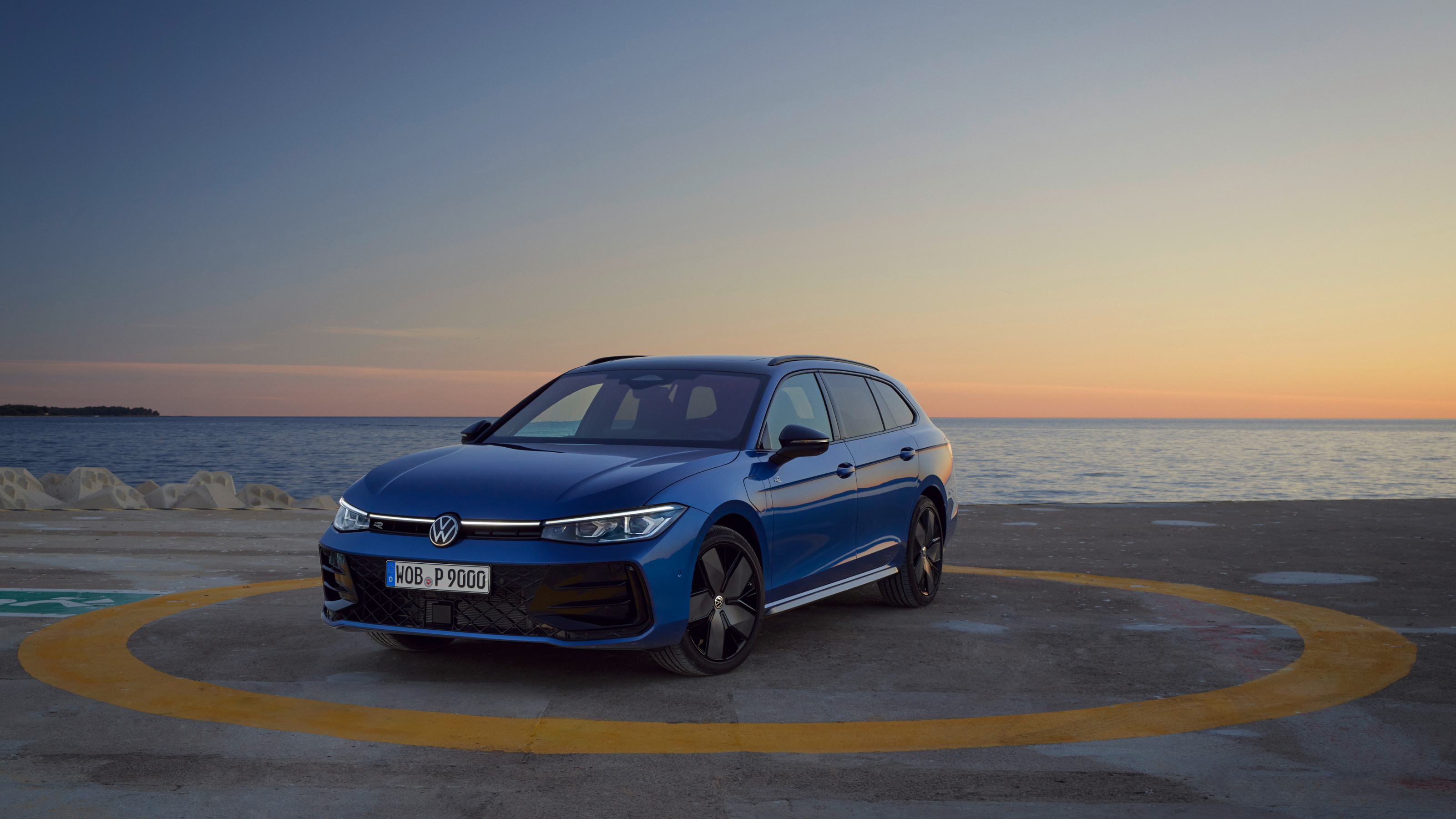 The Volkswagen Passat is a sober, straight edged estate car that feels increasingly out of time
The Volkswagen Passat is a sober, straight edged estate car that feels increasingly out of timeWhy would anyone pass on a Passat? Volkswagen’s big load lugger proves that the old ideas are still the best
-
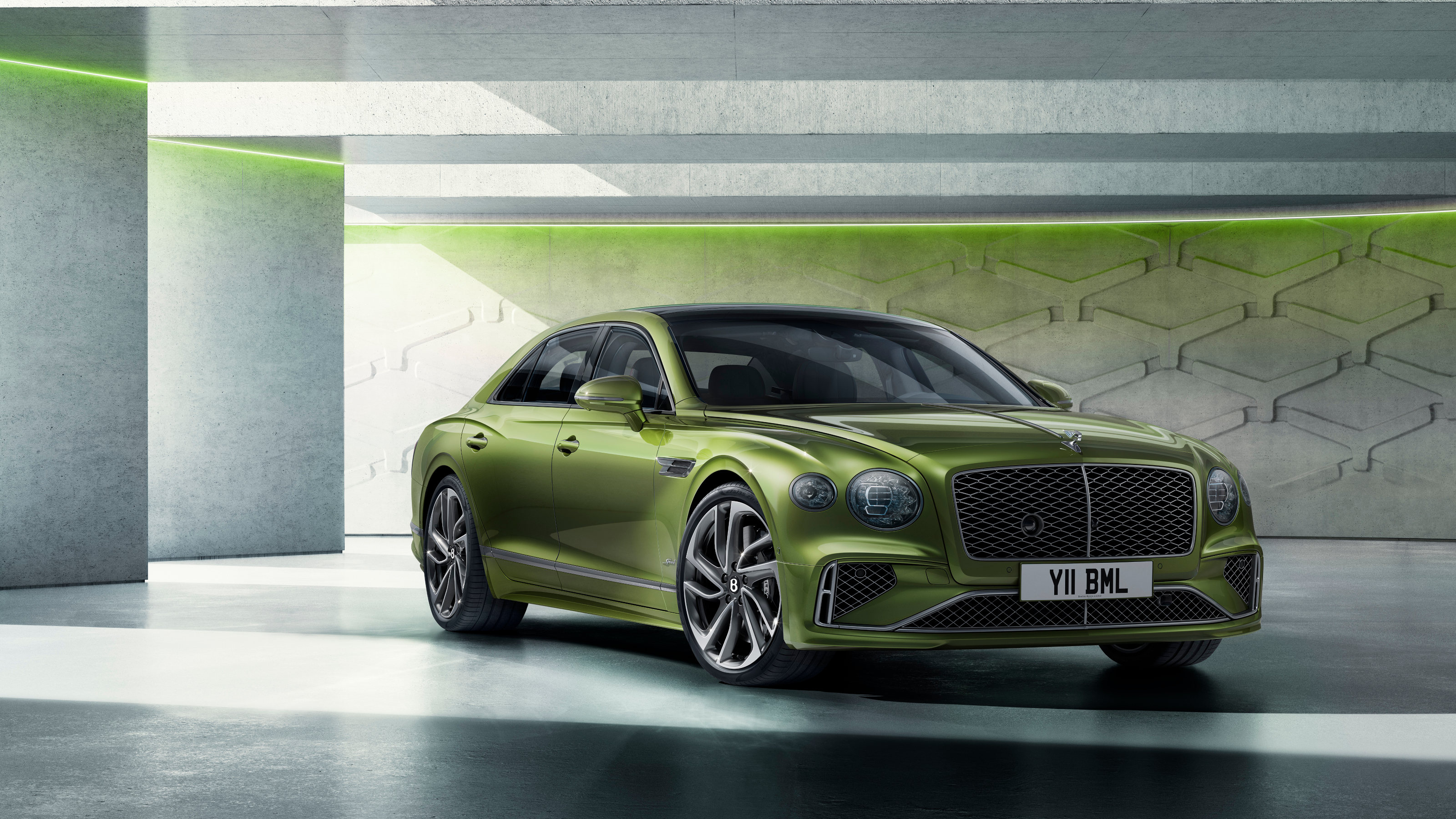 Bentley describes the updated hybrid Flying Spur Speed as a four-door supercar
Bentley describes the updated hybrid Flying Spur Speed as a four-door supercarThe latest version of the Bentley Flying Spur is a technological showcase and an outstanding performer
-
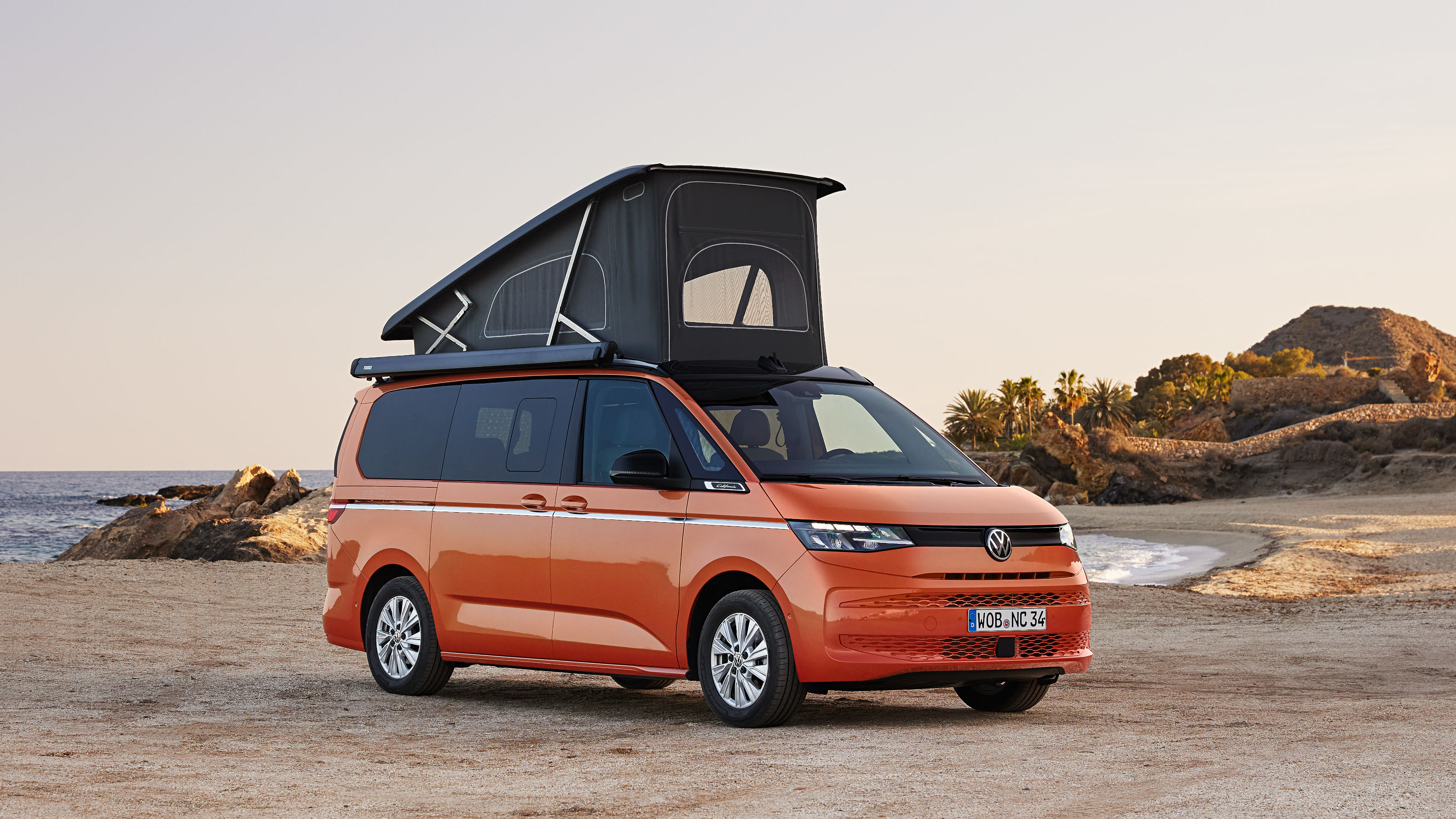 New Volkswagen California is a hybridised camper van that has it all
New Volkswagen California is a hybridised camper van that has it allThe Volkswagen New California camper van is here, the latest update to VW’s evergreen classic, bringing a larger platform, more flexibility and hybrid power for the first time
-
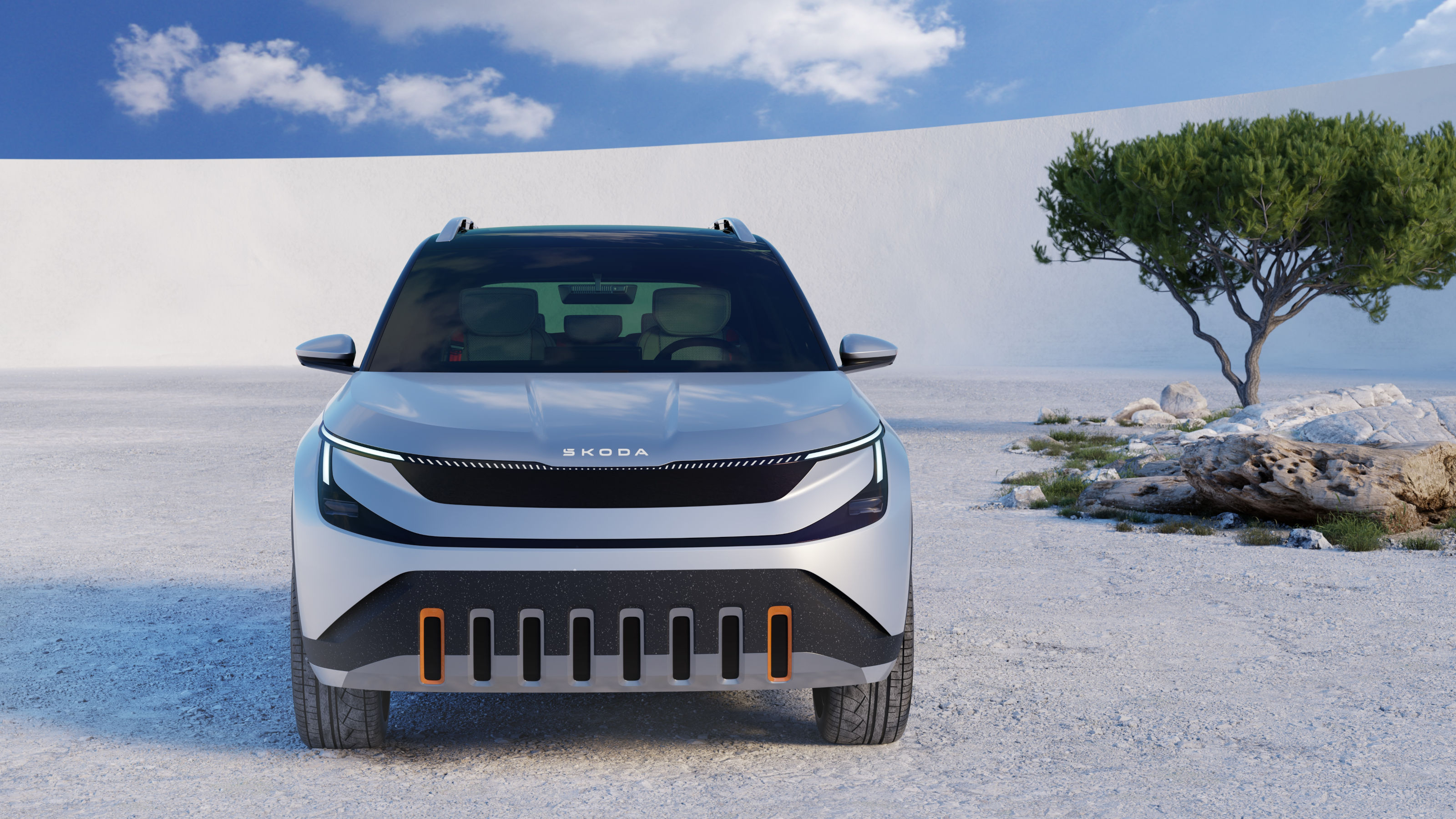 Coming soon: a curated collection of all the new EVs and hybrids that matter
Coming soon: a curated collection of all the new EVs and hybrids that matterWe've rounded up new and updated offerings from Audi, Porsche, Ineos, Mini and more to keep tabs on the shifting sands of the mainstream car market
-
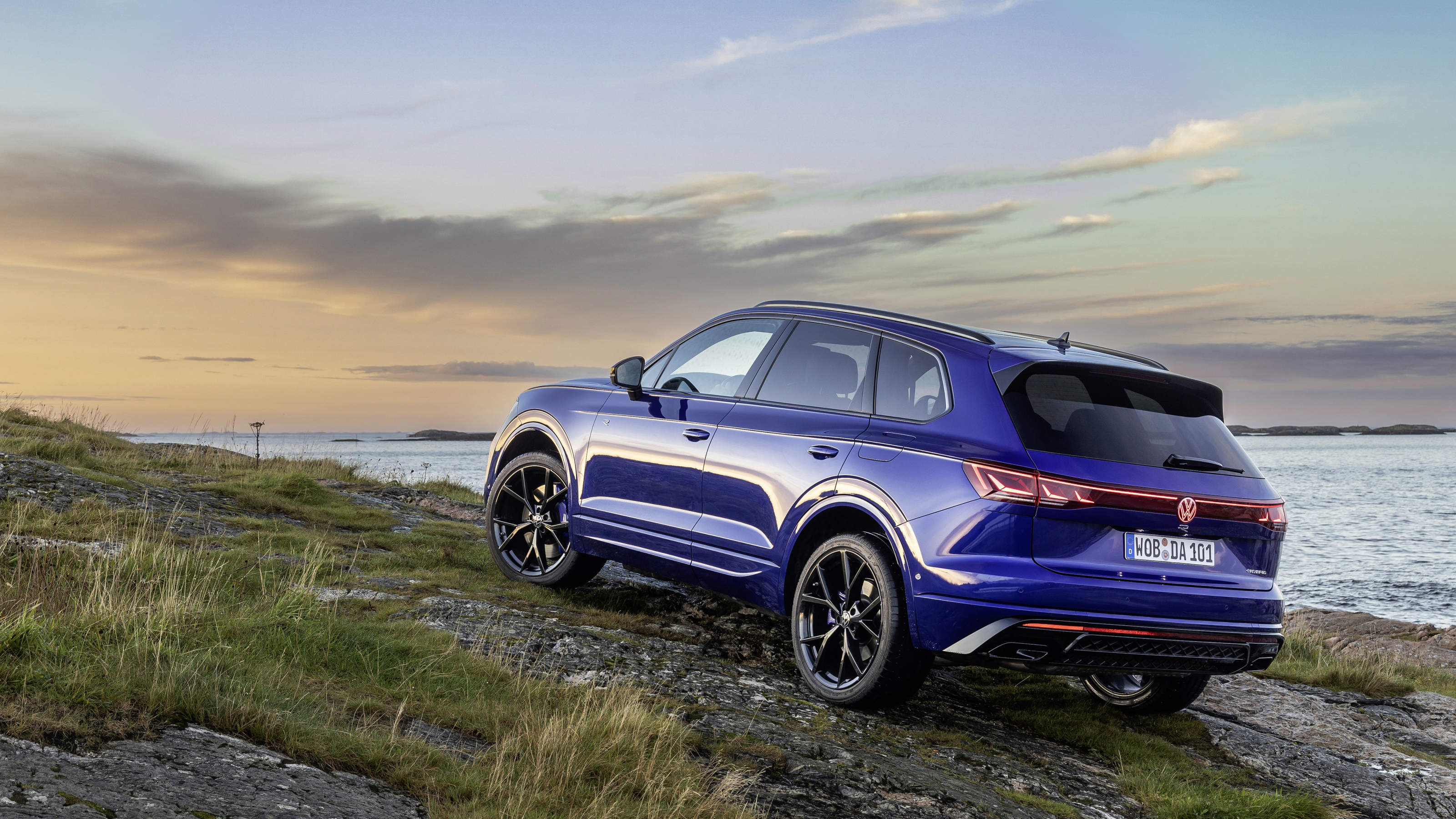 Refreshed Volkswagen Touareg does the heavy lifting for long-distance travel
Refreshed Volkswagen Touareg does the heavy lifting for long-distance travelThe new Volkswagen Touareg R eHybrid is the people’s luxury SUV, capable of going anywhere and doing anything. Does it stack up to rivals?
-
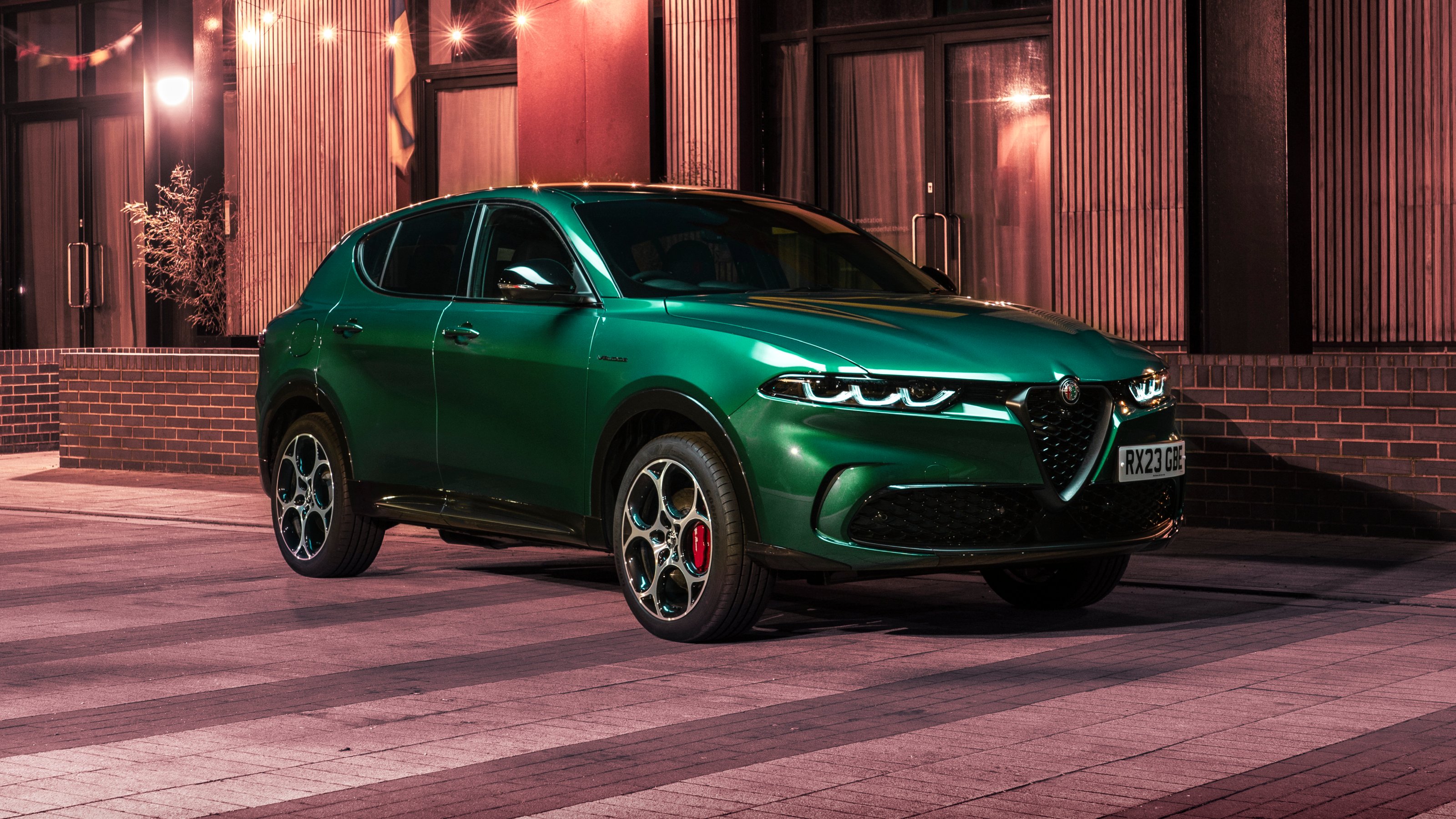 Alfa Romeo Tonale plug-in hybrid isn’t quite the tonic the Italian brand is capable of brewing
Alfa Romeo Tonale plug-in hybrid isn’t quite the tonic the Italian brand is capable of brewingThe Alfa Romeo Tonale plug-in hybrid is yet another entry into the crowded compact SUV market, this time bringing the Italian brand’s idiosyncrasies to the fore